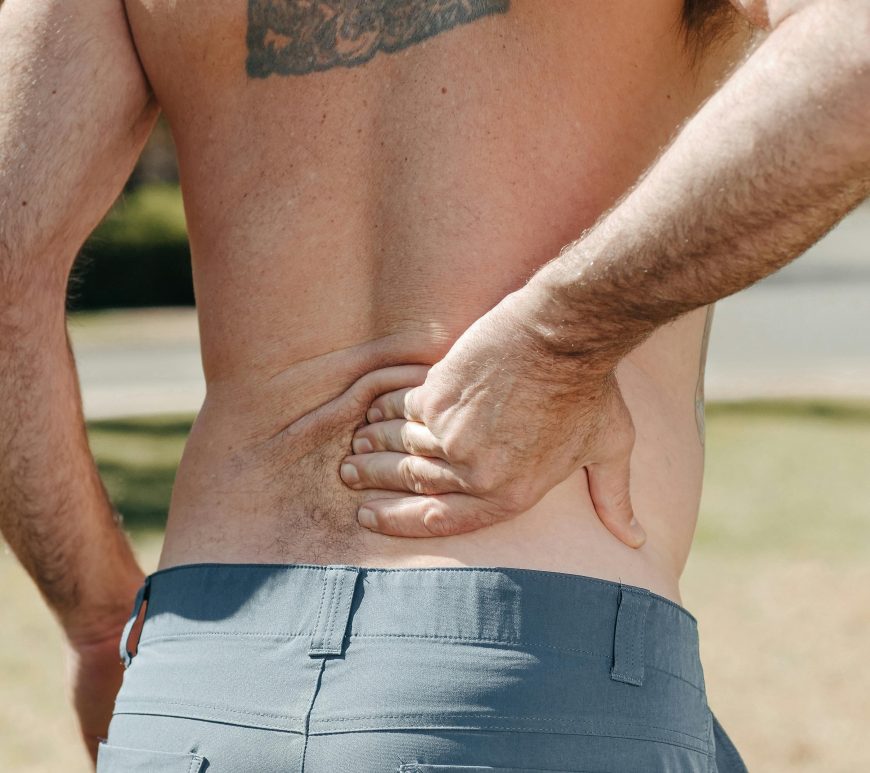
How do different levels of lumbar traction influence pain-free mobility in low back pain patients?
In 2000, the study conducted by T. F. Meszaros, et. al., employed a single-group test-retest repeated measures design to investigate the impact of lumbar traction on the straight leg raise (SLR) test in symptomatic patients experiencing low back pain. The traction was administered with three different force levels: 10%, 30%, and 60% of the body weight. The primary objective was to assess the influence of … Continue reading How do different levels of lumbar traction influence pain-free mobility in low back pain patients?